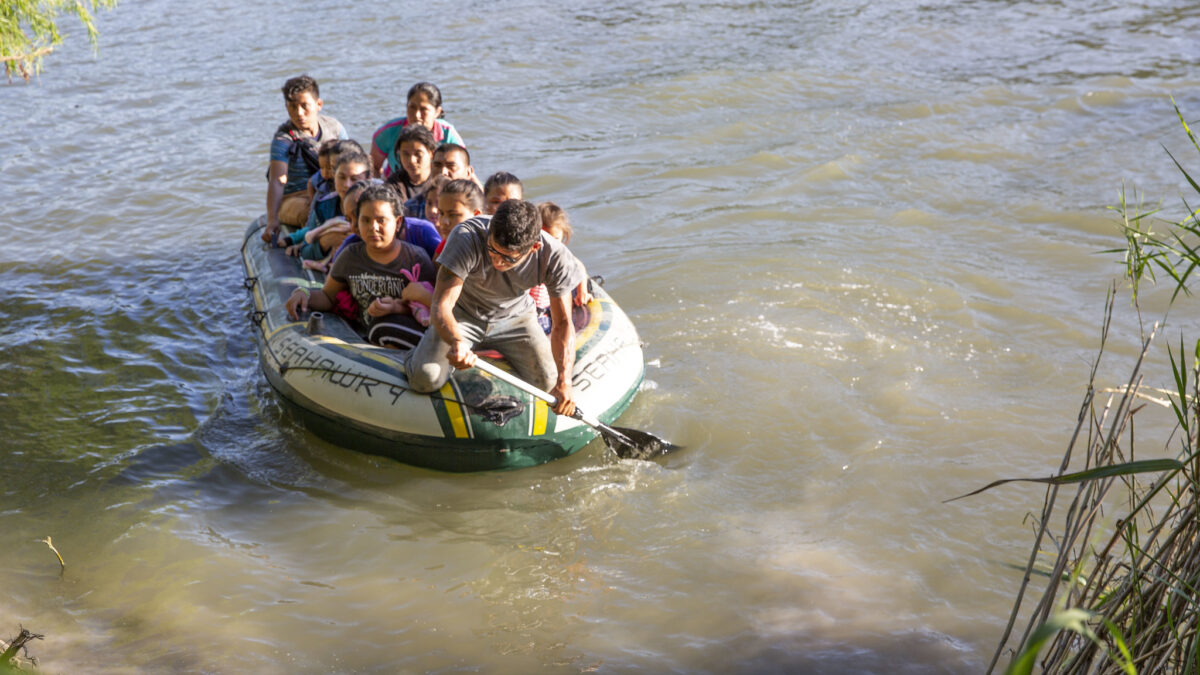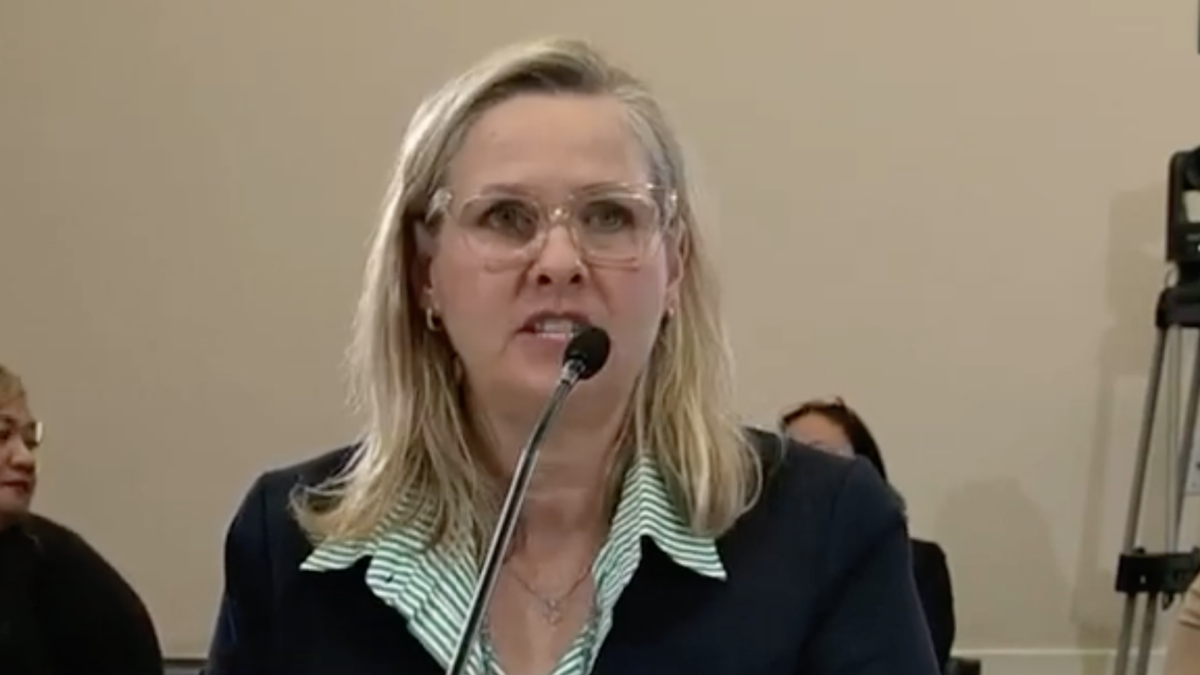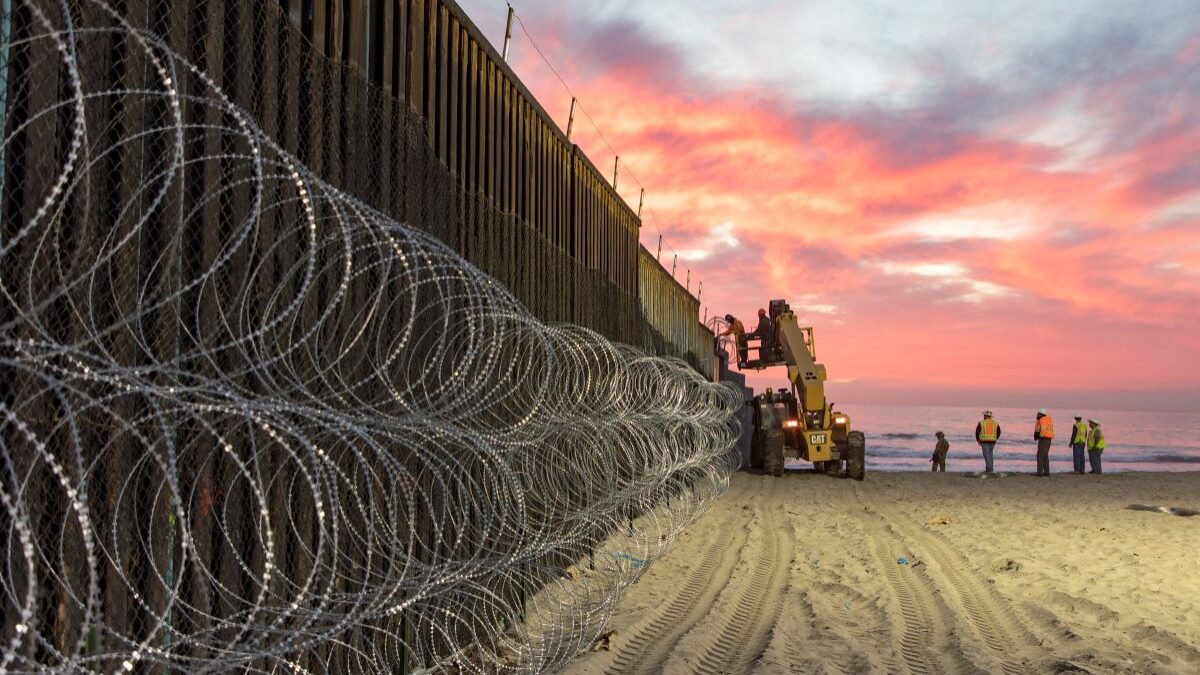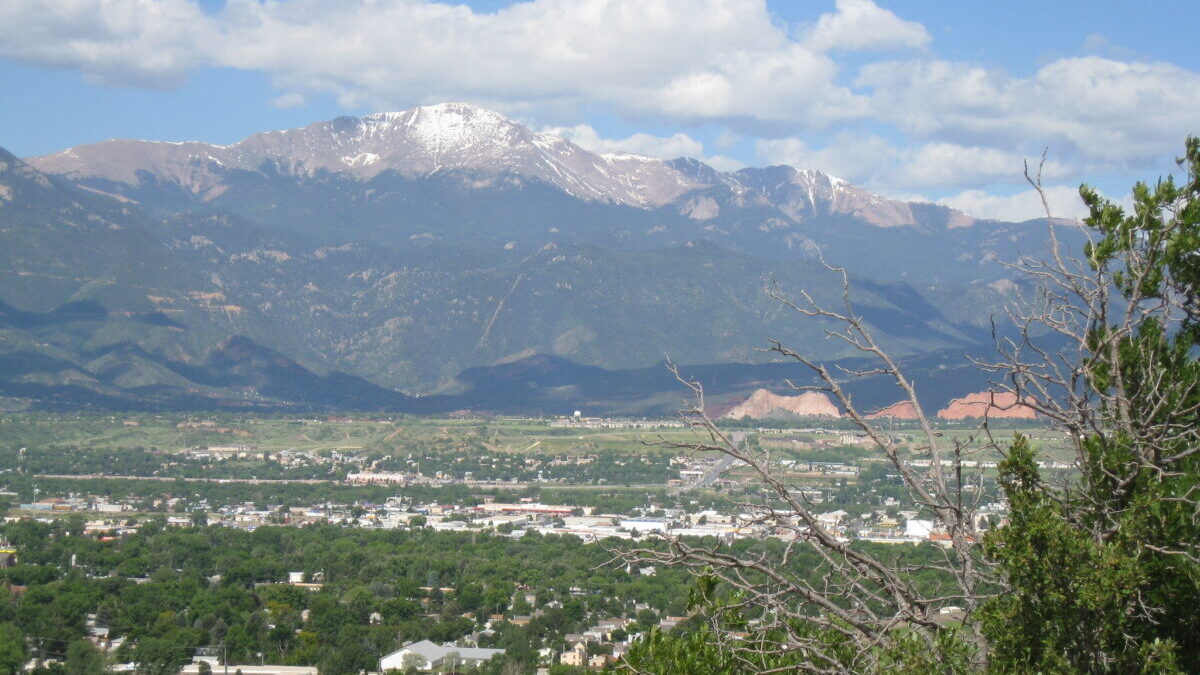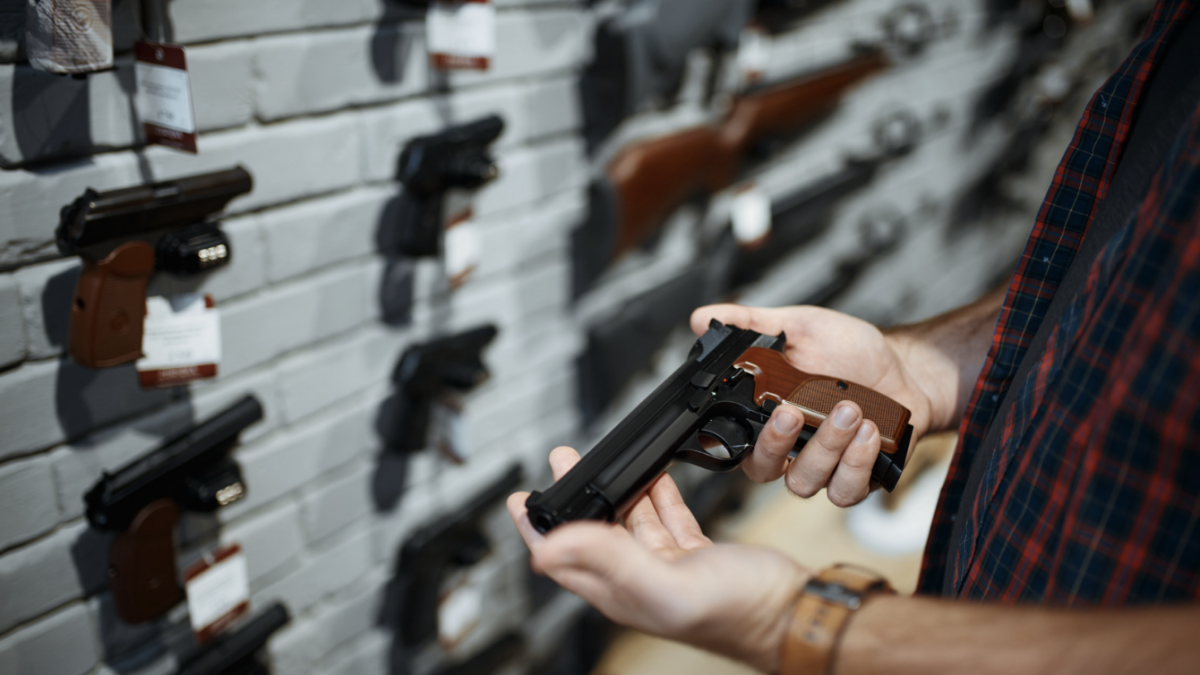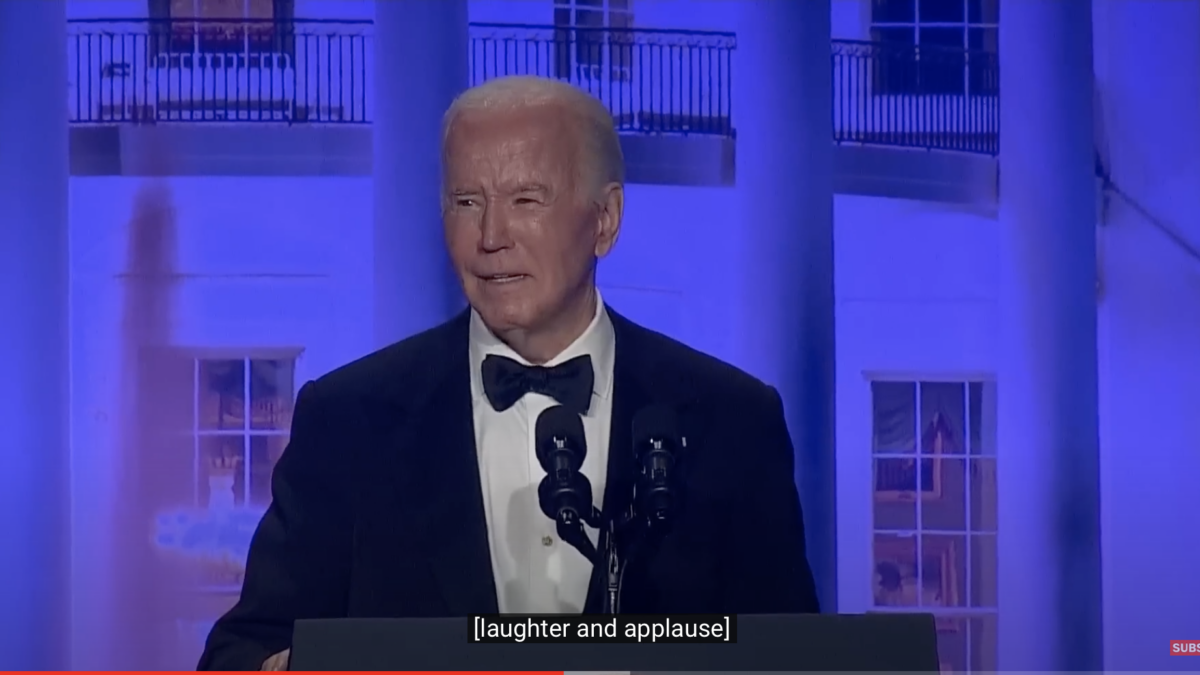The two boys cried for help as soon as we came into sight.
It was a bit longer before we could hear them. Our small craft headed downriver along the hot Rio Grande at a deliberate and even leisurely pace because the engine noise at full power would provide too much warning to the cartel men manning this stretch of the south shore outside Reynosa. We wanted to see them, and they certainly saw us.
Men lounging next to fishing poles eyed us as we floated past and called in their reports. A man in a squalid migrant camp shooed away rooting hogs to light a signal fire in a trash pile. Another man followed us onshore for about a half-mile, hiding as best he could in the thick brush and cane, taking photos with his phone as he went. The photos, I knew, were not just for texting up the chain of command: The sophistication of the cartels includes facial-recognition databases now, and we are in them.
As these things went, it was a quiet day. Sometimes the cartel controlling Reynosa and its environs — it’s Zetas or Golfo or Noreste depending on when you go, where you go, and who is killing whom most expeditiously — will direct the migrants to erupt from their squalid bankside camps and throw rocks at American riverine craft. Sometimes they’ll motor up in their own boats and let the pilot know they’ll kill him and all his passengers if he comes back. They haven’t followed through on this yet, but it only has to happen once.
Recently, they motored up cradling their rifles, and instead of delivering death threats, they told the American boatmaster to call the U.S. Border Patrol because they were about to cross a group of illegals who wanted to be caught and released by the permissive American federal apparatus.
Even that isn’t the worst of it. Upriver I spoke with a man who showed us the bullet hole in his home’s facade. It was a 7.62mm round that made it. That’s Soviet-bloc ammunition, usually, for the AK-47. He felt lucky. His neighbor was actually shot in the hip, sitting in his living room, with a full .50-caliber round. This would ordinarily be a fatality, but on its ballistic trajectory it went through a solid outer and inner wall of the house first. The neighbor also felt lucky.
These are Texans, citizens of the United States, in the United States, describing their experiences under fire. What happened to them was fairly straightforward: The Texas Military Department was clearing out the adjacent Rio Grande island of Fronton, and the cartel men expressed their frustration by subjecting this community to indirect fire. Just another day on the border.
On the river itself, caution is therefore eminently in order.
The boys cried for help. It was easy to see why and hard to see how they came to need it. They were of that indeterminate age when a child is no longer small and not yet a definitive teenager. Both wore shorts and T-shirts. Both wore some sort of flotation vest one would normally see in a neighborhood swimming pool. Both were standing, perhaps trapped, on the base of the southmost pillar of the Hidalgo-Reynosa bridge, perhaps 20 feet from the Mexican shore with a strong moving channel between them and land.
We moved toward them, into earshot, and it became clear they wanted our boat to take them back to the south shore. We discussed it. How had they gotten there? Why were they dry? What of their floatation vests? Very little made sense, so we shouted at them to ask what happened. The taller boy responded merely by clasping his hands in prayer. Please help.
They’re probably helping with illegal crossings here, remarked the pilot. The cartels use kids for this stuff all the time. Having had a teenage cartel lookout call in some bad guys on me in Matamoros some years back, I knew firsthand. Maybe, the pilot continued, I could throw them some extra flotation gear.
At some distance I spotted the green-and-white vehicles of the Border Patrol on the north shore in a clearing beyond the embankment brush.
“Look,” I said. “Your theory may be right. They got someone out there.”
“Yeah,” said the pilot. He fell silent and we glided downstream.
“Hoy es mi, mañana es ti,” said one of the boys, and they both clasped their hands in mock prayer toward us. Today it’s me, tomorrow it’s you.
“You’re not going to throw them the gear,” I said to the pilot, more as a statement than a question.
“And explain to them why I’m aiding a crossing?” he replied, gesturing toward the vehicles on the north side. My noticing had killed a plausible charitable act. One of our companions, a good person having never before been to south Texas and therefore assuming the best of all things, spoke up, saying maybe we should take them aboard.
The pilot replied: “As soon as I pass the centerline we are in Mexico. As soon as I land a party ashore we lose the boat, and all of us must proceed by foot to a lawful port of entry. As soon as I take them aboard and one of them produces a firearm, then you have bigger problems than that.”
This is the river.
We passed by the boys on the river, trapped — or not — at the base of the Reynosa bridge, and it felt bad to do so. It is contrary to all instinct and charity, and it may have been a great wrong to have done it. Yes, perhaps they were kids doing something stupid that they regretted, having swam to the pillar and now reluctant to reenter the current. I woke up in the dead of night and nearly convulsed with nausea at the thought of them alone, struggling toward shore, and reaching it lifeless. Children. We passed by children.
But no one enters that river, child or adult, except under the pitiless authority of the controlling cartel. I remember that too.
Some hours later, we picked our way across a dense and green thicket of cane and sharp trees, a spot where it appeared several hundred had recently crossed. Women’s clothing and personal items, discarded as useless, were everywhere in the vegetation. A ripped identification card from Honduras was retrieved from a profusion of thorns. It was, I thought, the debris of wartime. A colleague spotted a torn bit of writing paper and retrieved it from the matted brush. It was from a child’s notebook, and the handwriting on it was a woman’s, in light blue ink. It was a list:
El nombre de mi padre es Luis.
El nombre de mi madre es Flor.
El nombre de mi hermano es Juan.
On and on.
The name of my father is Luis.
The name of my mother is Flor.
The name of my brother is Juan.
A whole family’s worth of names, written down for a child and lost here on the southernmost reach of Texas. Our guide peered at it while cradling his M-4 and said this was to coach a child who was purchased in Mexico by the traffickers. Or, I thought, it is a list given by a mother to a child she knows she won’t see again, to remind the little one who his family is.
As much as passing the boys on the bridge, this hurt to see.
There is a war underway, and it is quiet and cruel — until it is briefly loud and cruel. The cruelty is the only constant. The cartels worship their evil gods, and they put guns in the hands of children often enough that we leave them by when we find them on the water. They operate slave markets — we should call them what they are — in which children are bought and sold to increase the chances that the norteamericanos will admit a supposed family unit, and also to provide supply to the vile and ravenous market in sex.
They do this often enough that we find documentary evidence in the dirt. They make their choices, and we are forced into choices downstream of theirs, a series of secondary evils. Maybe it was manageable once. Now the only way is through. They must be ended.
The rivers flows on, and the children of the river cry for help.
